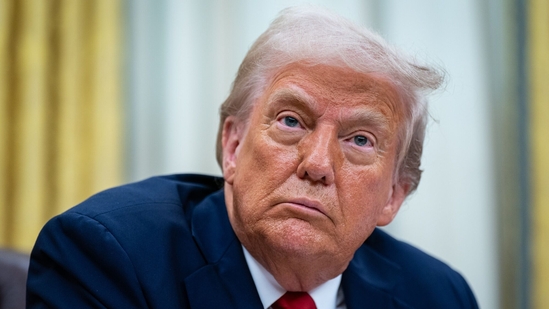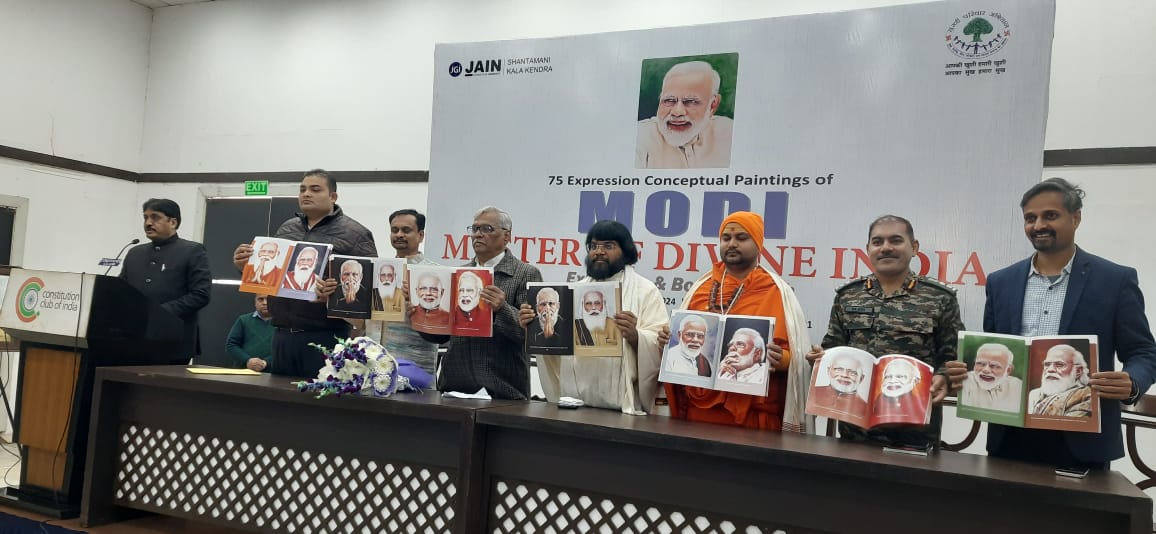April 2, 2025 WASHINGTON, D.C. — U.S. President Donald Trump is set to unveil a sweeping new tariff plan on Wednesday, April 2, in what he has dubbed “Liberation Day”—a move that could trigger global economic turmoil as the U.S. seeks to address what it calls “unfair trade imbalances.”
The White House has confirmed that Trump will hold his first Rose Garden press conference of his second term to announce the policy, with the full cabinet in attendance. However, specifics remain unclear, as the administration has floated multiple—and at times conflicting—proposals in recent weeks.
Trump has promised to be “very kind” to trading partners, but critics warn that the plan risks sparking a full-blown trade war, with major economies like China, the European Union, and Canada likely to retaliate. Meanwhile, Asian powerhouses China, Japan, and South Korea have already agreed to strengthen free trade among themselves in anticipation of U.S. measures.
What Are ‘Reciprocal Tariffs’?
The concept of reciprocal tariffs is simple: if another country imposes high tariffs on U.S. goods, the U.S. will respond by matching those tariffs on their exports. Trump has long argued that foreign nations exploit American markets by charging exorbitant duties while benefiting from lower U.S. import taxes.
On Sunday, Trump indicated that the tariffs would apply to “all countries” rather than just those with the largest trade deficits, raising fears of a widespread economic fallout. Kevin Hassett, Director of the National Economic Council, suggested the administration is focusing on 10 to 15 nations responsible for the U.S.’s “entire trillion-dollar trade deficit.”
Commerce Department data from 2024 reveals the countries with the highest trade surpluses with the U.S., led by:
- China – $295.4 billion surplus
- Vietnam – $123.5 billion surplus
- European Union – Collective $112 billion surplus
- Mexico – $108 billion surplus
- Germany, Japan, South Korea, Canada, India, Taiwan, Ireland, Thailand, Italy, Switzerland, Malaysia
These nations—informally dubbed the “Dirty 15” by Treasury Secretary Scott Bessent—are now scrambling to mitigate the impact of Trump’s impending measures.
Countries Most at Risk—And How They’re Responding
1. China: The Primary Target
China remains the biggest trade adversary in Trump’s crosshairs. The U.S. already maintains steep tariffs on Chinese goods from the 2018-2019 trade war, but Trump has signaled that further hikes are coming, particularly on electronics, steel, and automobiles.
Beijing has warned of “severe countermeasures” if the U.S. proceeds, potentially targeting American agriculture and tech firms.
2. Vietnam: Rising Surplus Sparks Alarm
Vietnam’s trade surplus with the U.S. has ballooned to $123.5 billion, making it a prime target. In a preemptive move, Hanoi recently signed a $4 billion energy and minerals deal with U.S. firms, hoping to ease tensions.
3. European Union: Dairy and Auto Tariffs Loom
The EU faces potential 25% tariffs on cars and 50% on dairy products—a direct response to Europe’s own high agricultural tariffs. Germany, in particular, could see its auto industry hit hard.
4. India: 100% Tariffs on U.S. Farm Goods Under Fire
The White House has singled out India for its 100% tariffs on American agricultural products. New Delhi has dispatched trade envoys to Washington multiple times, signaling a willingness to cut $23 billion in tariffs on U.S. imports to avoid retaliation.
5. Canada and Mexico: NAFTA Partners Not Spared
Despite their close trade ties, Trump has repeatedly threatened 25% tariffs on Canadian and Mexican goods, particularly lumber, aluminum, and dairy. Ottawa has warned of “proportional retaliation,” while Mexico is bracing for auto sector disruptions.
6. Japan and South Korea: Tech and Auto Exports Vulnerable
Japan’s 700% tariff on U.S. rice and South Korea’s trade surplus in semiconductors and cars have drawn Trump’s ire. Seoul has activated emergency trade talks, while Tokyo remains cautious.
White House: “Time for Reciprocity”
White House Press Secretary Karoline Leavitt on Monday accused trading partners of “ripping off” American workers, citing:
- EU’s 50% tariff on U.S. dairy
- Japan’s 700% tariff on U.S. rice
- India’s 100% tariff on U.S. farm products
- Canada’s 300% tariff on U.S. butter and cheese
“For far too long, these countries have taken advantage of the United States,” Leavitt said. “President Trump is putting an end to that.”
Global Economic Fallout Looms
Economists warn that escalating tariffs could:
- Trigger inflation in the U.S. as import costs rise.
- Slow global growth by disrupting supply chains.
- Push the U.S. into a recession if retaliatory measures intensify.
The International Monetary Fund (IMF) has already downgraded its 2025 growth forecast, citing “rising protectionism.”
What Happens Next?
Trump’s announcement on Wednesday will set the tone for global trade relations in his second term. While some officials suggest a targeted approach, Trump himself has hinted at blanket tariffs followed by negotiations—a high-stakes gamble that could either force concessions or backfire spectacularly.
As the world braces for impact, one thing is clear: the era of America’s trade leniency is over.
For the latest news and breaking updates, follow Sejal News Network
“Exciting news! Sejal News Network is now on WhatsApp Channels
Subscribe today by clicking the link and stay updated with the latest news!” Click Here
📰 Latest from Sejal News Network
- Navi Mumbai Shaken Again: Two Girls Go Missing from Kharghar and Koparkhairane, Total Missing Children Count Reaches 458
- Daily Horoscope for 18 Dec 2025 — Thursday
- How Luxora Digital Is Helping Luxury Hotels Redefine Brand Experience for 2026.
Published by Sejal News Network



